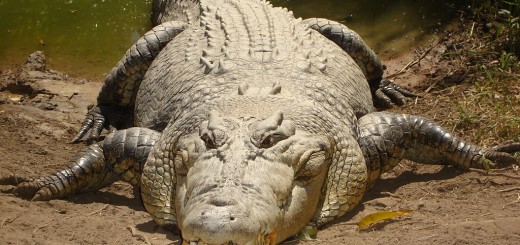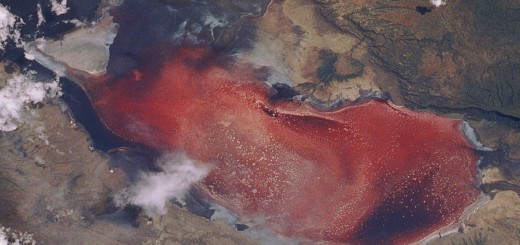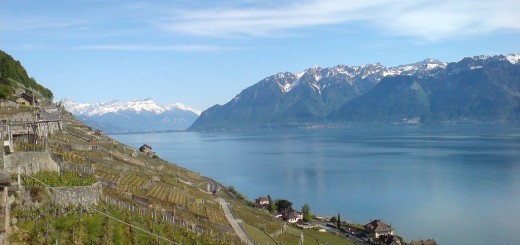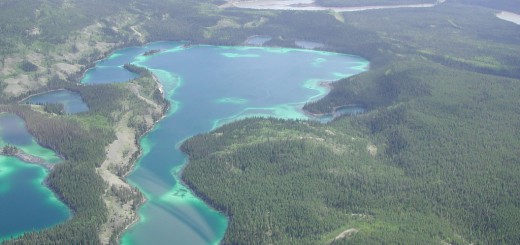Mexican Water Monster May be Extinct in Lake Xochimilco
0In ancient times, Lake Xochimilco’s shallow freshwaters made for fertile crop land at its banks and perfect habitat for one of Mexico’s most storied creatures: the axolotl, better known as the Mexican water monster.
Nearby Lake Chalco was once a breeding ground for the critically endangered species, but it has gone dry like others in the Valley of Mexico, including iconic Lake Texcoco that once held Tenochtitlan, the Aztec capital.
The canals of Lake Xochimilco – lower after draining for flood protection measures – now contain the only remaining natural habitat for a creature that is part salamander, part fish and part biological wonder.

One of the remaining canals of Lake Xochimilco. (Credit: Wikimedia Commons User Tschips via Creative Commons)
Lidless eyes sit on its flattened head, which is surrounded by a crown of protruding, spiky gills. Its color is commonly a muted brown that runs all the way to its tail fin. This and four little legs help it drag itself around. These unique looks have led to its nickname as the “walking fish” and have served as inspiration for characters in card games like Pokemon and Animal Crossing.
But none of those traits compare to the animal’s ability to regenerate severed limbs, making it of prime interest for researchers who have bred axolotls in captivity. These researchers have found the creature can accept transplants of damaged organs from other animals and restore them back to full function. It has also shown an ability to sometimes grow a new limb while repairing an injured one, resulting in extra appendages.

Axolotl, Ambystoma mexicanum. (Credit: Wikimedia Commons User Faldrian via Creative Commons)
These abilities may come from the axolotl’s maturity in a larval stage, which makes it different from its American counterpart, the Barred Tiger Salamander. This salamander, native to Montana, leaves water at maturity, loses its gills and relies on lungs for breathing.
Clearly much can be gained from studying the walking fish, but future advances will likely come from those in captivity. The species is under siege by diminished and polluted natural habitat. Carp and tilapia, invasive to Lake Xochimilco, have also eaten away much of the vegetation that the animal uses for food and cover for its laid eggs.
As researchers at the Mexican Academy of Sciences have found, there may be none left in Lake Xochimilco. A 2008 survey found only 100 in the water, and recent searches have come up empty-handed. But academy officials will repeat searches when colder temperatures hit, a period that marks the beginning of the animal’s breeding season.













